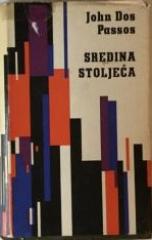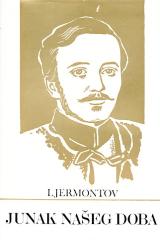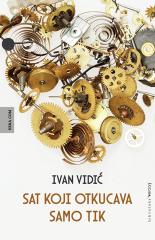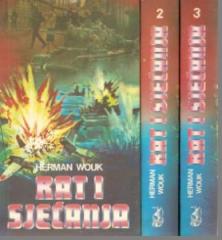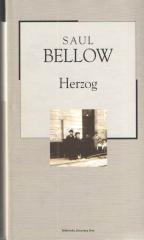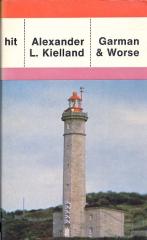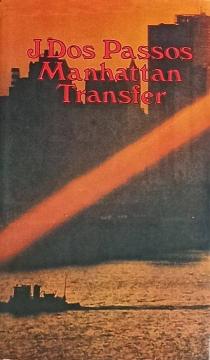
Manhattan Transfer
John Dos Passos' novel, published in 1925, focuses on the development of urban life in New York City from the Gilded Age to the Jazz Age, told through a series of overlapping individual stories. It is considered one of Dos Passos's most important works.
An experimental novel that depicts the lives of a diverse group of characters in New York City during the early 20th century, reflecting the frenetic pace of urban life. Through a fragmented narrative, the novel weaves together the stories of dozens of characters, exploring themes of ambition, failure, class differences, and the pursuit of the American dream.
The plot follows characters such as Ellen Thatcher, an aspiring actress seeking success on Broadway but facing emotional and moral compromises, and Jimmy Herf, an idealistic journalist struggling with disappointments in her career and love. New York City, almost as a character, dominates the story—its skyscrapers, crowds, jazz clubs, and poor neighborhoods provide the backdrop for the characters’ chaotic lives. The novel depicts the contrasts between rich and poor, the ups and downs, as the characters struggle with a sense of alienation and loss of identity in the modern world.
Dos Passos uses innovative techniques, such as the “camera-eye” and newspaper clippings, to capture the pulse of the city and social change. The writing style, inspired by modernism, mixes poetry, prose, and documentary elements, creating a kaleidoscopic portrait of the metropolis. Although it has no linear plot, the novel captures the spirit of the era – from immigrants seeking a new beginning to stock speculators and workers. Critics praise its authenticity and critique of capitalism, while readers are drawn to its raw energy and realistic depiction of urban life.
Multiple copies are available
